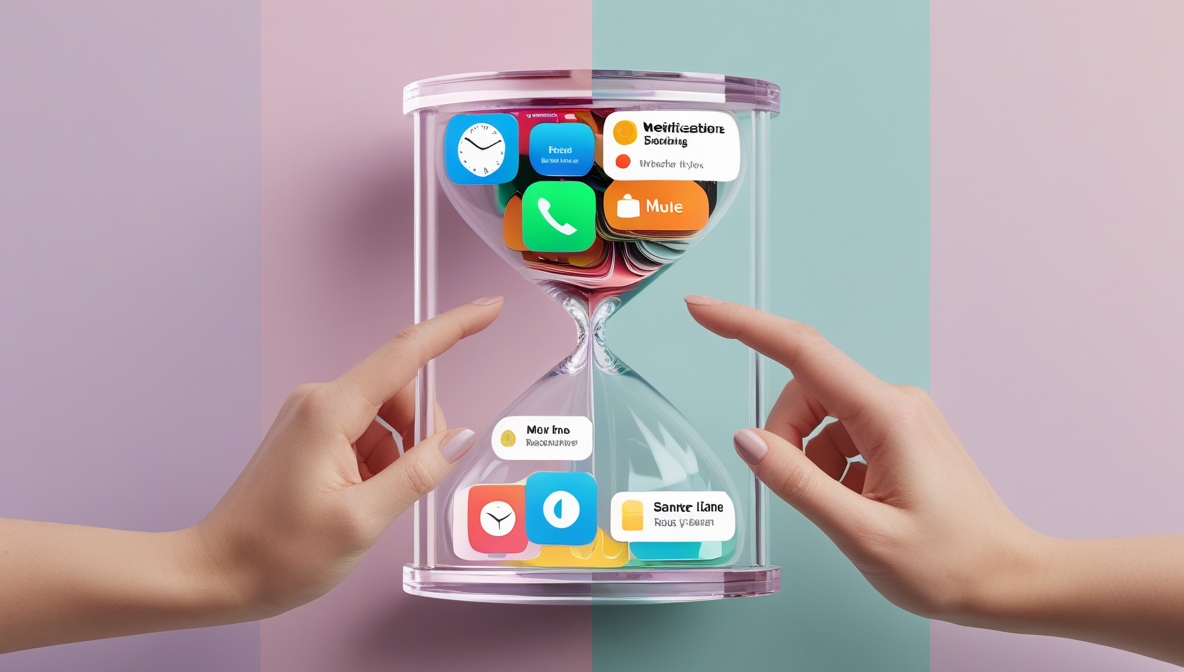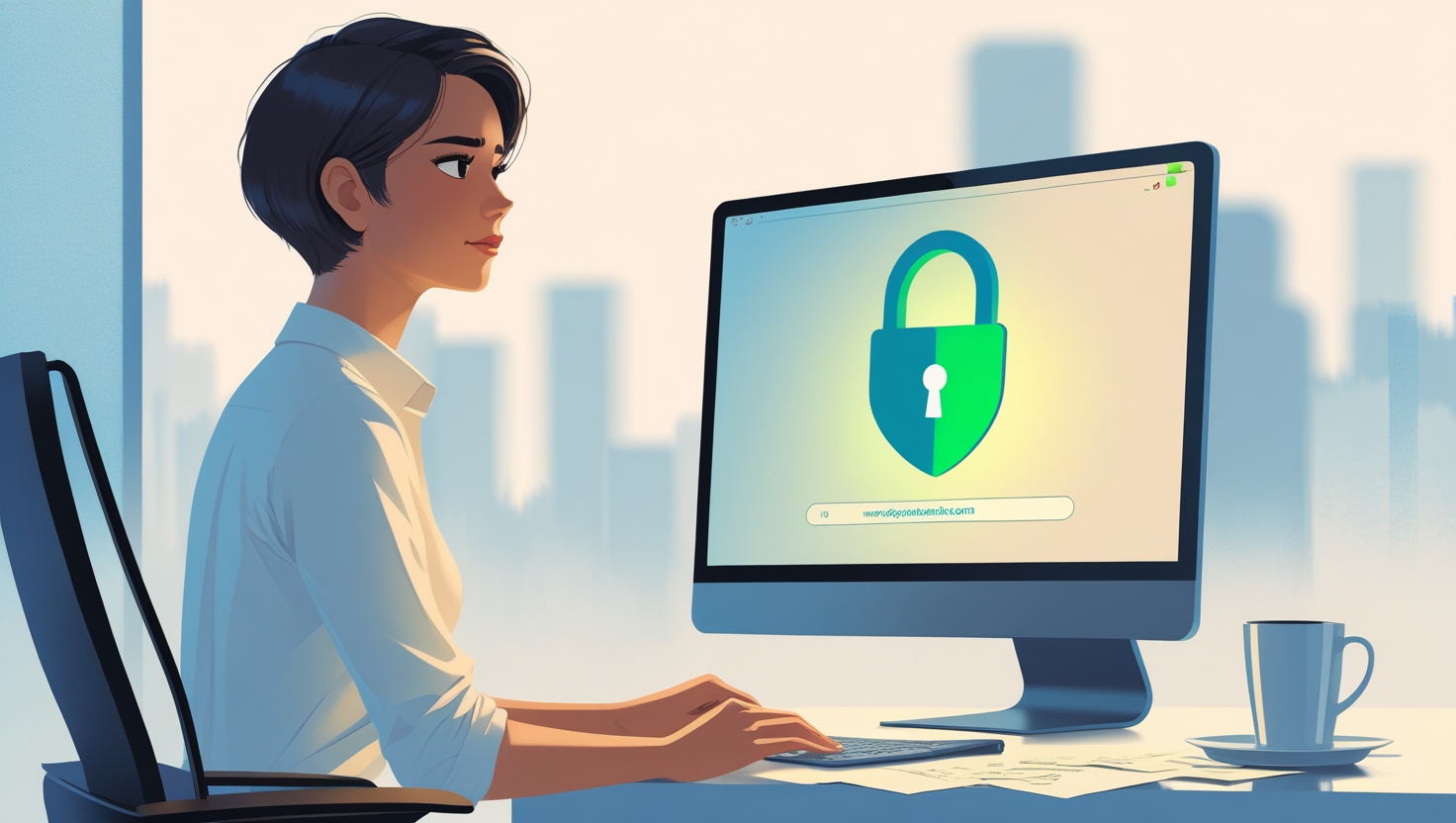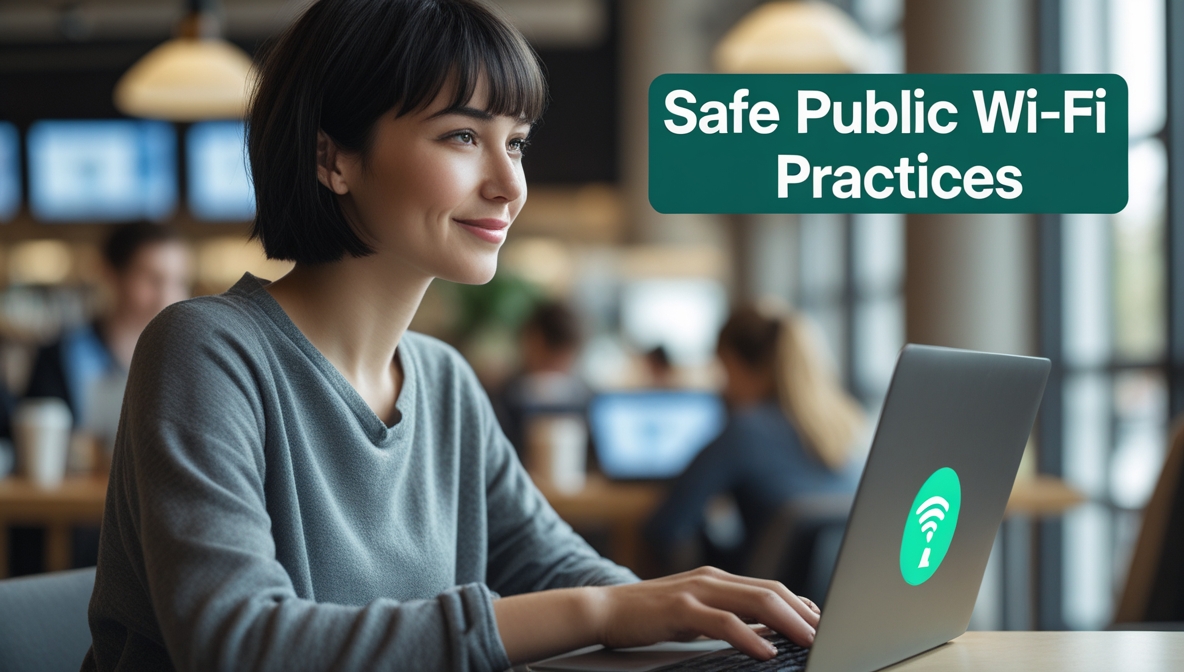In the digital age, social media boundaries are not just helpful—they are absolutely essential. As platforms become more integrated into our personal and professional lives, the absence of clear digital boundaries can lead to stress, burnout, privacy violations, and deteriorating mental health. In this comprehensive guide, we explore why setting boundaries on social media is crucial, and how we can effectively protect our time, energy, and mental wellbeing in the digital space.
The Mental Health Toll of Unregulated Social Media Use
The constant stream of notifications, likes, comments, and messages can become overwhelming. Without boundaries, users often find themselves scrolling endlessly, comparing their lives to curated feeds, and absorbing toxic content—all of which can lead to:
-
Anxiety and depression
-
Lower self-esteem
-
Sleep disturbances
-
Digital burnout
By establishing limits on screen time and content exposure, we can create a buffer between ourselves and the emotional chaos that unchecked social media use may generate.
Protecting Privacy: Why Personal Boundaries Matter
Oversharing on social media can expose users to risks such as identity theft, stalking, doxxing, and unwanted contact. Boundaries help maintain control over:
-
Who sees your posts
-
What personal data is accessible
-
Who can engage with your content
Using privacy settings effectively and consciously choosing what to share allows us to safeguard our personal lives while still enjoying the benefits of digital connectivity.
The Professional-Private Life Divide
Many professionals blur the line between their work and personal personas online, often to their detriment. Employers, clients, and colleagues can access and misinterpret content not intended for them. Setting social media boundaries ensures:
-
A clear separation between work and personal identity
-
Reduced risk of reputational damage
-
Better control over professional relationships
Maintaining distinct profiles or limiting professional contacts on personal platforms can help uphold this division with clarity.
Emotional Energy and the Power of Saying ‘No’
Social media demands constant engagement—likes, shares, comments, messages. This ongoing interaction drains emotional energy, especially when dealing with negativity, unsolicited opinions, or trolling. By enforcing boundaries, we can:
-
Avoid digital fatigue
-
Preserve our emotional bandwidth
-
Engage only when we choose, not when expected
Turning off notifications, limiting time spent on apps, and using features like “Do Not Disturb” mode are practical ways to protect emotional resources.
Time Management: Reclaiming Hours from the Algorithm
The addictive design of social media platforms is no accident. Infinite scrolls, autoplay videos, and algorithmic feeds are engineered to maximize user engagement. Without boundaries, precious hours slip away daily. Implementing time-based restrictions helps:
-
Boost productivity
-
Enhance focus
-
Prioritize offline relationships and responsibilities
We recommend tools like app timers, screen time trackers, and digital detox days to monitor and reduce time spent online.
Protecting Children and Teens Through Digital Boundaries
Young users are especially vulnerable to the pitfalls of social media. Cyberbullying, grooming, inappropriate content, and addictive behaviors pose serious threats. Setting boundaries is vital for:
-
Establishing age-appropriate use
-
Monitoring online interactions
-
Creating a safe digital environment
Parental controls, shared access, and open conversations about digital etiquette help ensure children grow into responsible digital citizens.
Boundaries as Acts of Self-Respect and Empowerment
Every boundary we establish communicates something essential: our worth, our values, our limits. In the context of social media, this means:
-
Refusing to engage with harmful content
-
Limiting who has access to our emotional world
-
Choosing peace over popularity
By defining what is acceptable and what is not, we take ownership of our online experiences.
How to Set Effective Social Media Boundaries
Here are key strategies to enforce boundaries without disconnecting from the digital world entirely:
1. Audit Your Following List
Curate your feed to include only uplifting, educational, or supportive content. Unfollow or mute accounts that drain energy or promote toxicity.
2. Limit Engagement Time
Schedule social media usage, such as 30 minutes in the morning and evening, to avoid compulsive checking throughout the day.
3. Use Privacy Settings Wisely
Set profiles to private where appropriate. Review who can tag you, comment on your posts, and view your stories.
4. Communicate Your Boundaries
Let others know how and when you prefer to engage. Set expectations with friends, family, and followers to reduce misunderstandings.
5. Practice Digital Minimalism
Focus on fewer platforms and more meaningful interactions. Quality over quantity leads to a healthier digital experience.
The Long-Term Benefits of Social Media Boundaries
The positive outcomes of setting and maintaining social media boundaries include:
-
Improved mental clarity
-
Greater sense of autonomy
-
Better sleep quality
-
Stronger personal relationships
-
Healthier self-image
These benefits compound over time, contributing to a more balanced, fulfilling life in both the digital and real world.
Final Thoughts: Own Your Online Experience
We do not need to abandon social media to regain control. Instead, by setting clear, intentional boundaries, we redefine how we engage with the digital world. Social media can serve us—not the other way around. Let it be a tool, not a trap.
By owning our space online, we reclaim our time, energy, and peace of mind.




